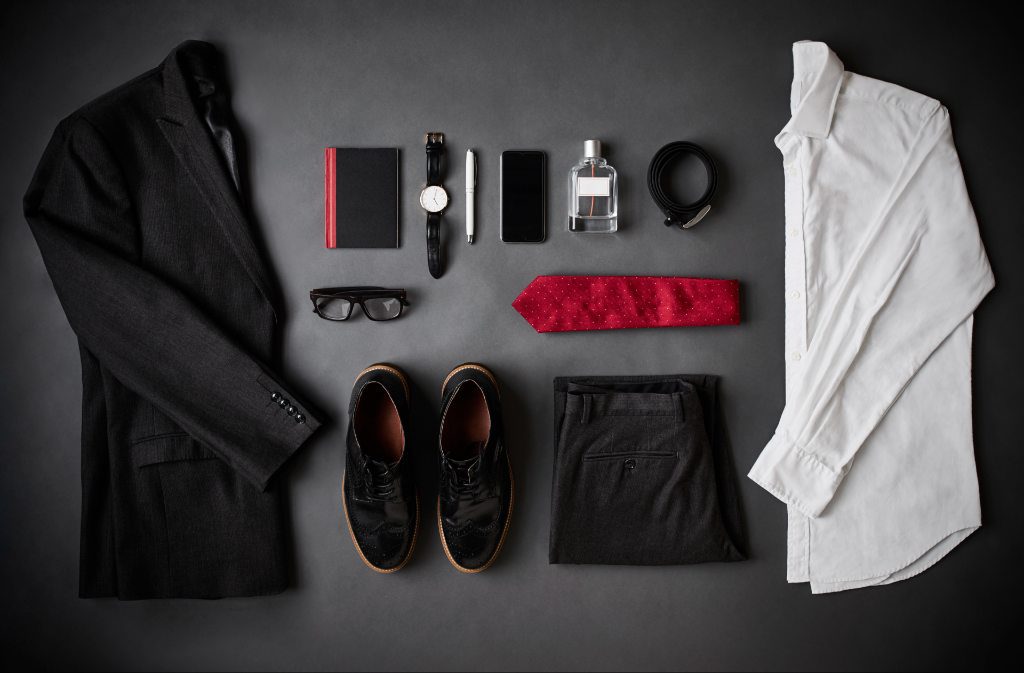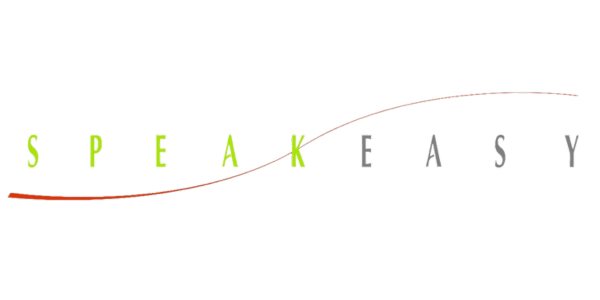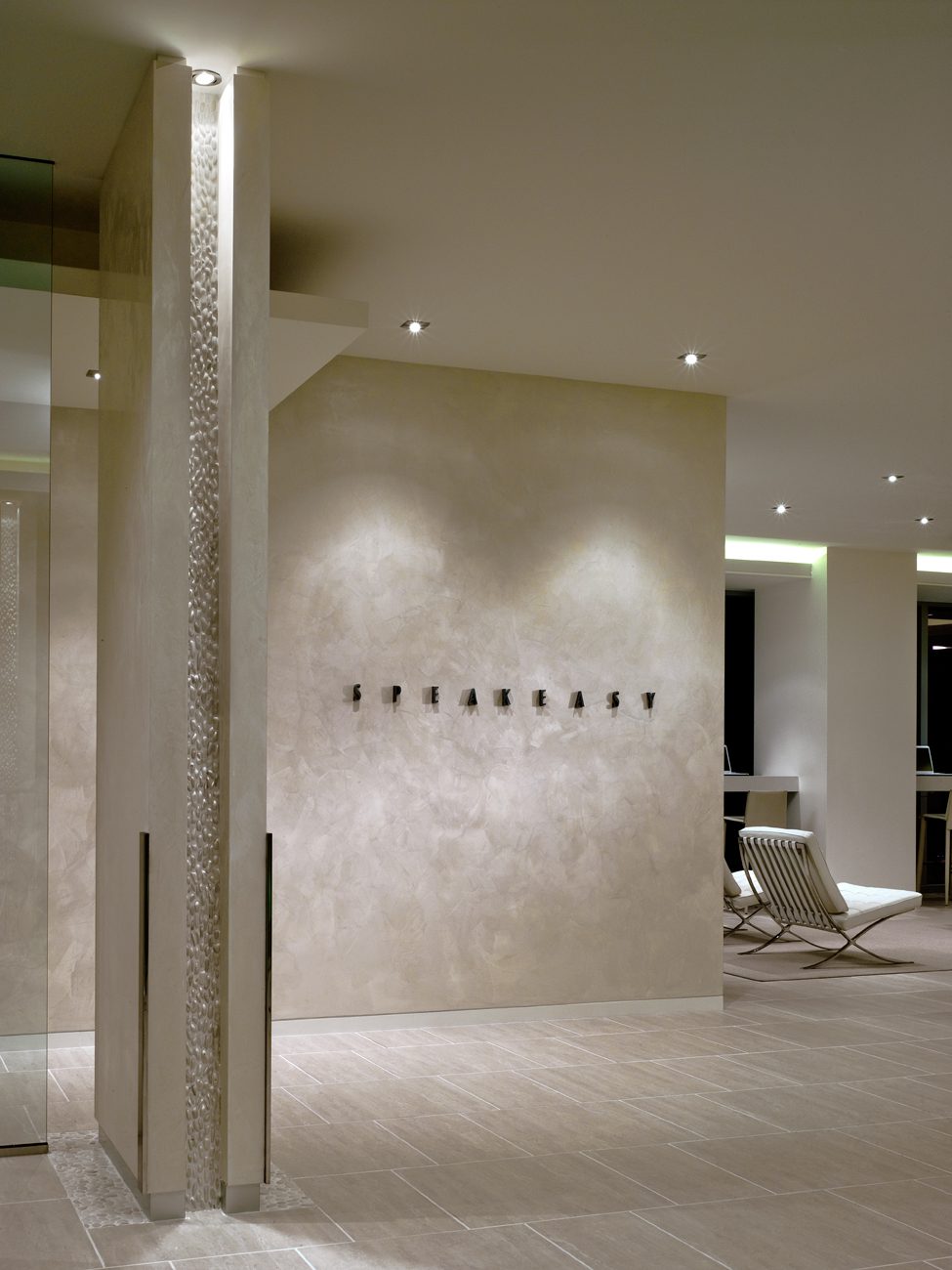
05 Jun How to Dress Like an Executive: A Complete Guide for Professionals
Reading Time: 6 minutesYour appearance often speaks before you do. In professional settings, what you wear can influence how others perceive your confidence and leadership. Learning how to dress like an executive is about presenting yourself in a way that aligns with your role and responsibilities. That’s why understanding the best way to do it can positively impact your leadership.
The Importance of Dressing Like an Executive As a Leader
Your appearance speaks volumes before you even say a word. As a leader, dressing like an executive reinforces your credibility and sets the tone for your team. It’s less about vanity and more about embodying the standards you uphold.
Moreover, the psychological impact of dressing in executive attire extends to self-perception. Wearing well-fitted, professional clothing can boost self-esteem and reinforce a leader’s sense of authority. This internal confidence often translates into more assertive communication and effective leadership.
Your attire can influence how others perceive your leadership qualities. A well-dressed leader is often seen as more competent, trustworthy, and authoritative. These perceptions can significantly impact high-stakes environments, where decisions are made quickly.
Foundational Rules for Dressing with Executive Impact
Mastering the executive style involves selecting the right clothes and understanding the principles that underpin professionalism and confidence. Here are some key considerations:
1. Authenticity
Your attire should reflect your personal style while aligning with professional standards. Authenticity in dressing fosters trust and reinforces your leadership identity.
2. Attention to Details
Small details, such as the fit of your clothing, the condition of your shoes, and the choice of accessories, can significantly impact your overall appearance. Paying attention to these elements demonstrates meticulousness and professionalism.
3. Industry Specifics
Different industries have varying expectations regarding professional attire. Understanding and adhering to your industry’s norms ensures that your clothing choices are appropriate and effective.
4. Dress Strategically for the Occasion
Tailor your attire to suit specific events or settings. For instance:
- Boardroom Meetings: Opt for formal business attire, such as a tailored suit and conservative accessories.
- Client Presentations and Lunches: Choose professional yet approachable outfits, balancing formality with comfort.
- After-Hours Networking and Conferences: Select stylish and professional attire, reflecting the event’s tone.
- Casual and Business Casual Settings: Even in more relaxed environments, maintain a polished appearance with well-fitted, neat clothing.
5. Fabric and Fit
Select high-quality fabrics that drape well and maintain their shape. Ensure your clothing fits properly, as ill-fitting attire can detract from your professional image.
6. Color Psychology
Colors can convey specific messages and evoke certain emotions. For example:
- Blue—Conveys trust and reliability.
- Black—Signifies authority and sophistication.
- Gray—Represents neutrality and balance.
- Red—Indicates energy and passion, but should be used sparingly to avoid overwhelming.
- White—Represents clarity and simplicity.
- Dark Green—Signifies stability and growth.
LEARN MORE: Make Your First Impression Count
How to Dress Like an Executive?
Developing an executive wardrobe involves selecting versatile, high-quality pieces that can be adapted to various professional scenarios. Below are tailored guidelines for both women and men.
For Women
Women’s executive attire should balance professionalism with personal style. Key wardrobe staples include:
- Tailored Suits: Opt for well-fitted suits in neutral colors like black, navy, or gray. These can be paired with various blouses for versatility. Ensure the blazer fits the shoulders and waist well, and the trousers or skirt complement your body shape.
- Blouses and Shirts: Choose high-quality fabrics in solid colors or subtle patterns. Silk or cotton materials offer comfort and a professional appearance. Ensure they complement your suits and can stand alone when jackets are removed.
- Dresses: Select knee-length dresses with structured silhouettes. Solid colors or minimal patterns maintain a professional appearance. Wrap dresses or sheath styles are versatile options that can transition from day to evening events.
- Footwear: Invest in closed-toe heels or flats in neutral tones. Comfort is key, especially for long days or events. Look for shoes with cushioned insoles and appropriate heel heights to ensure daily ease.
- Accessories: Keep jewelry minimal and tasteful. A classic watch or simple necklace can add a touch of sophistication without being distracting. A structured handbag in a neutral color can also complement your outfit.
- Outerwear: A tailored coat in a neutral color ensures you maintain a polished look during commutes or outdoor events. Consider trench coats or wool overcoats that offer both style and functionality.
Tips for Combining Pieces:
- Mix and match blazers with different trousers or skirts to create multiple outfits.
- Use accessories like scarves or belts to add variety and personal flair to your ensembles.
- Layering is key; a well-fitted blazer over a blouse can instantly elevate your look.
Remember, the goal is to project confidence and professionalism while allowing your style to shine subtly.
For Men
Men’s executive attire should exude confidence and attention to detail. Key components include:
- Suits: Invest in high-quality suits in classic colors such as navy, charcoal, or black. Ensure they are tailored to fit your body shape. Pay attention to the fit of the shoulders, chest, and trousers for a sharp appearance.
- Dress Shirts: Stock up on crisp white and light blue shirts. These versatile options pair well with various suits and ties. Choose shirts made from breathable fabrics like cotton for comfort.
- Ties: Choose ties in solid colors or subtle patterns. They should complement your shirt and suit without overpowering them. Silk ties in classic widths are timeless choices.
- Footwear: Opt for polished leather shoes in black or brown. Match your belt to your shoe color for a cohesive look. Ensure your shoes are well-maintained and appropriate for formal settings.
- Accessories: A classic wristwatch and a leather briefcase can enhance your professional image. Avoid overly flashy or trendy items. Cufflinks and pocket squares can add a touch of elegance when used appropriately.
- Grooming: Maintain a well-groomed appearance. Regular haircuts and attention to facial hair contribute to a neat and professional look. Personal hygiene and subtle cologne can also make a positive impression.
Tips for Combining Pieces:
- Coordinate suit colors with shirt and tie combinations to create harmonious outfits.
- Subtly experiment with textures and patterns, such as a pinstripe suit with a solid shirt.
- Layering with vests or sweaters can add depth to your attire while maintaining professionalism.
The Role of Grooming and Presentation in Executive Image
While clothing forms the foundation of your professional appearance, grooming and presentation complete the picture. A well-maintained hairstyle, clean nails, and appropriate makeup or facial hair contribute to a polished look that commands respect. These details, though subtle, signal attention to personal care and a commitment to excellence.
Posture and body language further enhance your executive presence. Standing tall with shoulders back, making eye contact, and offering a firm handshake conveys confidence and authority. Consistent non-verbal cues, such as nodding in agreement or maintaining an open stance, reinforce verbal messages and demonstrate engagement. Grooming and mindful presentation ensure that your appearance aligns with your professional role, reinforcing the image of a capable and confident leader.
Adapting Executive Attire for Virtual and Hybrid Work Environments
The shift to virtual and hybrid work models has transformed how executive presence is perceived. In virtual settings, the focus shifts from full-body attire to the upper half, making choices like well-fitted blouses or shirts, and appropriate accessories more prominent. Colors that contrast with the background can help in standing out on screen.
Setting up a professional virtual background is equally important. A clean, uncluttered space with good lighting ensures that attention remains on the speaker. Positioning the camera at eye level and maintaining eye contact by looking into the lens can create a sense of connection with the audience.
Managing on-screen appearance also involves minimizing distractions. This includes silencing notifications, ensuring a stable internet connection, and being mindful of background noises. Such considerations demonstrate professionalism and respect for participants’ time and attention.
Common Mistakes to Avoid When Dressing Like an Executive
Achieving an executive look involves going beyond selecting high-quality clothing. Avoiding common pitfalls can enhance overall presentation:
- Ill-Fitting Clothes—Clothing that is too tight or loose can appear unprofessional. Ensuring proper fit through tailoring can make a significant difference.
- Overly Casual Attire—Items like hoodies, graphic tees, or sneakers may not align with executive standards. Opt for attire that reflects the formality of the role and setting.
- Excessive Accessories—Over-accessorizing can distract from the overall look. Choose minimalistic and tasteful accessories that complement the outfit.
- Neglecting Grooming—Unkempt hair, facial hair, or nails can undermine a polished appearance. Regular grooming routines are fundamental.
- Ignoring Industry Norms: Different industries have varying expectations. Understanding and aligning with these norms ensures appropriateness.
Elevate Your Executive Presence with Speakeasy’s Training Programs
Understanding how to dress like an executive is a significant step toward enhancing your professional image. However, true executive presence includes effective communication, confident body language, and the ability to inspire and lead. At Speakeasy, we specialize in helping professionals develop these comprehensive skills.
With nearly 50 years of experience, we offer tailored programs designed to refine your communication style and strengthen your leadership impact at Speakeasy. Our executive presence training focuses on aligning your personal style with your professional goals, ensuring you present yourself authentically and effectively. Whether through in-person workshops or virtual sessions, our programs are crafted to meet your unique needs.
To discover how Speakeasy can support your professional growth, connect with our team today.

